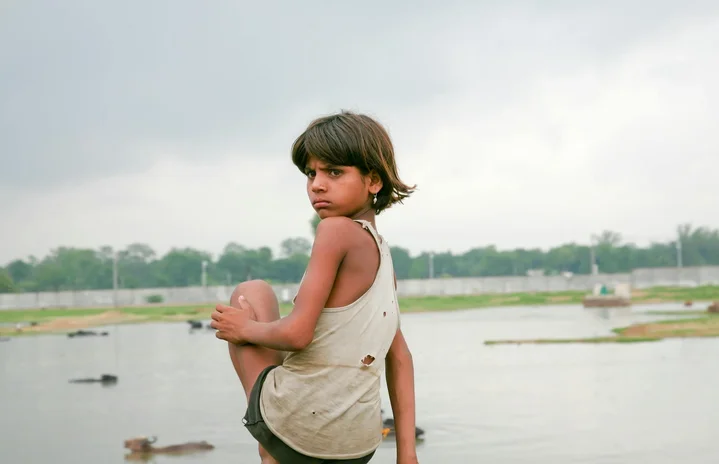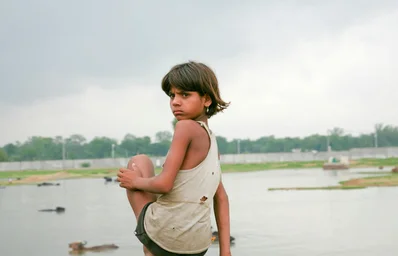Problem
The concept of patriarchy, which puts men in positions of more authority and power than women, remains prominent in many countries around the world. This practice is still prevalent in several Asian countries. Thousands of parents in countries supporting the patriarchal ideal within their societal value systems uphold a preference and desire for sons over daughters, which results in infanticide or abandonment.
Reasons for this preference include the continuation of the family line via men and higher wage-earning capacities. In India, the preference of sons over daughters is also a result of the dowry, which is the goods and money that a woman is expected to bring to her husband/husband’s family during marriage. While there have been laws put forth to curtail this practice, it still remains a major cultural stigma.
Tragically, this preference has resulted in vast inequalities for girls and women in these countries. The United Nations Children’s Fund (UNICEF) has shared that two of these inequalities seen in South Asia have been a lack of proper access to education and nutritious food for girls.
These beliefs have also led to female feticides and infanticides. While the introduction of new diagnostic testing via ultrasounds in the 1970s was supposed to assist new families and help with planning in India, the opposite resulted in which people used this technology as a means to determine the gender early on which only increased infanticides and sex-selective abortions. An article published in the Journal of Family Medicine and Primary Care in 2016 revealed that just in the past three decades, there were between four to 12 million sex-selective abortions of female fetuses.
Further, according to Global Citizen, each year there are about 11 million infants that are abandoned in India; 90% of these are female. According to the Times of India, experts suggest that the state of Gujarat witnesses a disproportionately large number of abandoned girls. Abandonment may be at railroad tracks, bus stands and even near/at garbage dumps.
This issue of preference of boys over girls, which is especially prominent in India and China, needs more attention. The social consequences are also evident. The Washington Post in 2018 revealed that in both India and China combined, men outnumber women by 70 million. The current sex ratio was shared to be 914 females per 1,000 males in India, indicating a clear imbalance that is still visible and problematic. Having the number of men far exceed women has unsurprisingly made it difficult for some men to find female partners.
Despite being a “punishable crime” under section 317 of India’s penal code, child abandonment, especially of girls, is still a major issue. An incredible story was seen in 2021 when a newborn girl was found alive in a box that was floating in India’s Ganges river. The box also had her astrological birth chart and an image of Durga, a Hindu deity associated with protection, strength, motherhood, destruction and wars.
Further, in 2023, a three-day-old infant girl was found on a roadside in Chennai, India abandoned.
These were just a couple of the lucky ones to be found alive; however, tens of thousands every year are not found in time or are never found.
Solutions
India’s Cradle Project
Fortunately, there are several people and organizations around the world that are taking action to combat this issue. In India specifically, the country began what is known as India’s Cradle Project. This project has been spread throughout India to help babies who have been abandoned. No matter what the reasons for abandonment may be, the project allows for people to leave their babies in cradles that have been set up in hospitals, adoption centers and other facilities.
However, these cradles are unique because they are programmed so that when a baby is placed inside, an alarm will be set off which alerts people that a baby has been placed there. It’s important to note that the alarm is not set off until the parents/guardians are given a few minutes to leave before people come to the cradle. After, proper steps are then taken to help the baby.
Shraddhanand Mahilashram
Other efforts to help have also been seen by specific organizations, such as Shraddhanand Mahilashram in Mumbai, India. As their website shares, this institution has helped rehabilitate, “over 20,000 underprivileged women and children over 90 years of dedicated service by empowering them.” Children under their care can attend school and participate in extracurricular activities; the institution even offers computer classes.
Adoption is also a huge part of Shraddhanand Mahilashram; about 3,000 children had been adopted by 2020 from the institution. Places where the adoptees have gone include the U.S., Sweden, Italy, Australia, Norway, Canada and more. Shraddhanand Mahilashram has shared its mission is to, “undertake holistic welfare of needy and destitute women and children, without any discrimination of religion, caste and creed.” The efforts of this institution are truly heartwarming; it’s giving a second chance to children and women who were initially not given equal opportunities or placed in the right set of circumstances, including for those abandoned as babies.
UNICEF South Asia
UNICEF South Asia is also working to help increase gender equality and opportunities for girls who may be facing gender barriers. The UNICEF South Asia website noted how they are, “working at all levels…to make sure every girl in South Asia has an opportunity to survive, thrive and fulfill her true potential.”
To help both girls and women, the organization is making sure girls are receiving proper nutrition, are delivering equal/accessible education to girls (to those who are both in school and out-of-school in more rural areas), working to provide girls with 21st-century skills to help increase their “employability and diversify their economic opportunities,” providing reproductive health services and mental health support services and much more. According to their website, their different education programs helped support more than 860 girls in South Asia in 2022.
Future Outlook
These are just a few of numerous ways that people and organizations are currently stepping up to help girls faced with gender barriers and unequal rights and opportunities. While there has been progress in India and elsewhere, for many female infants and young girls, the outlook is still bleak.
This issue won’t be resolved immediately, but if the current people and organizations that are taking action continue to fight, and awareness continues to spread, then we could be looking at a future where young girls and women around the world, especially in Asia, won’t be discriminated against in result of their gender.


